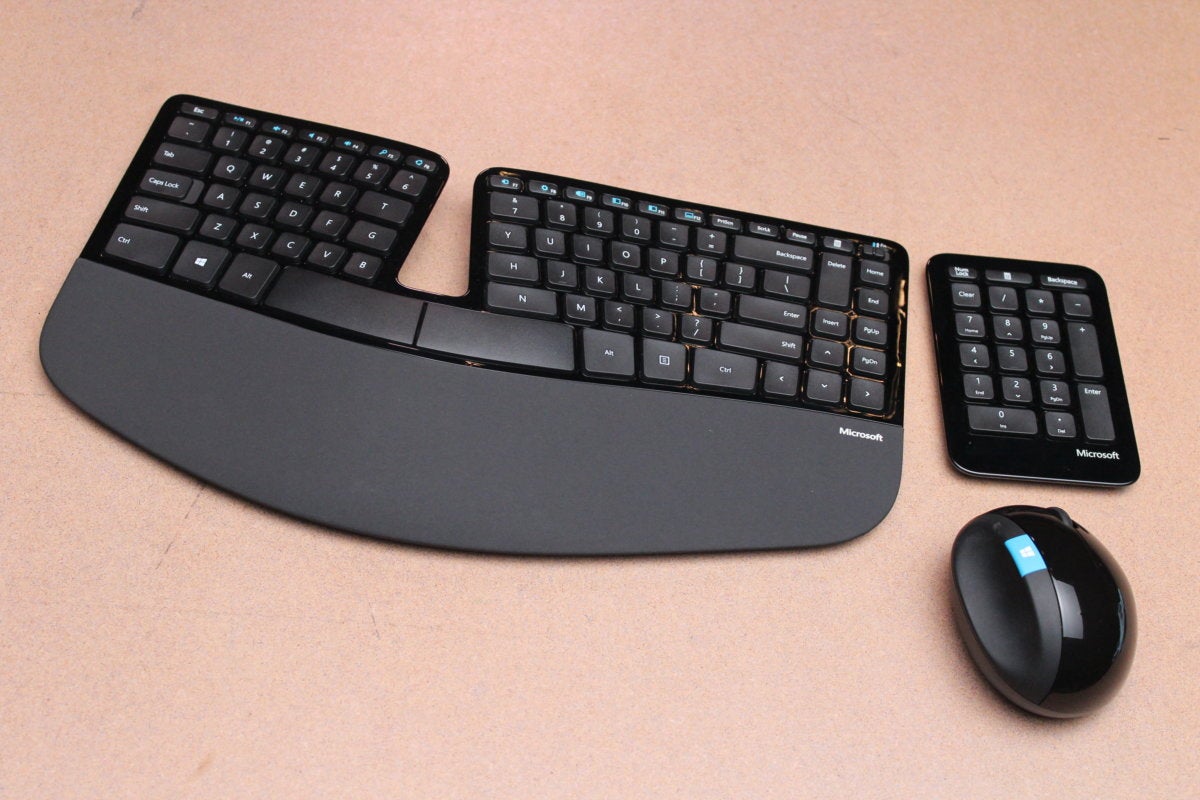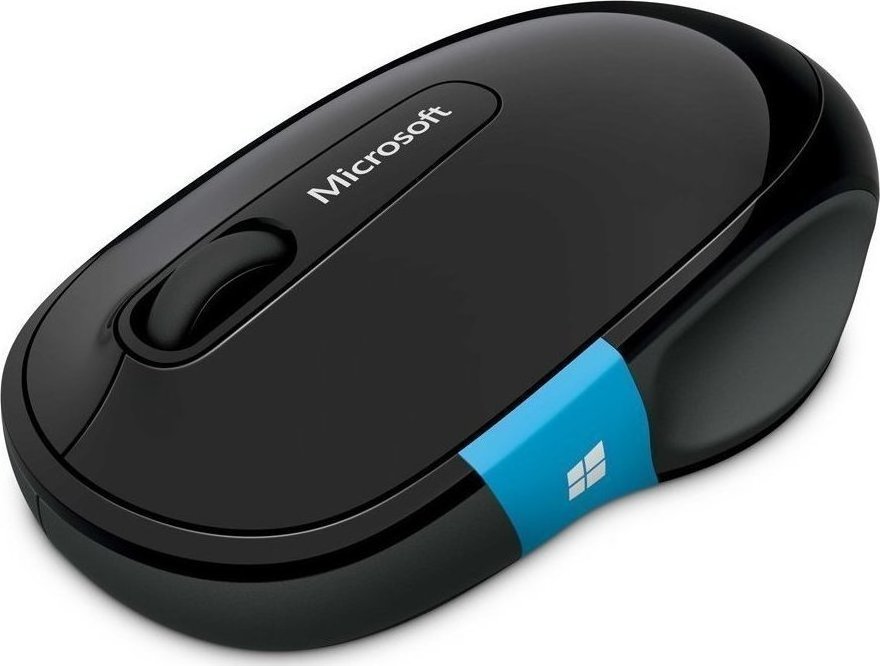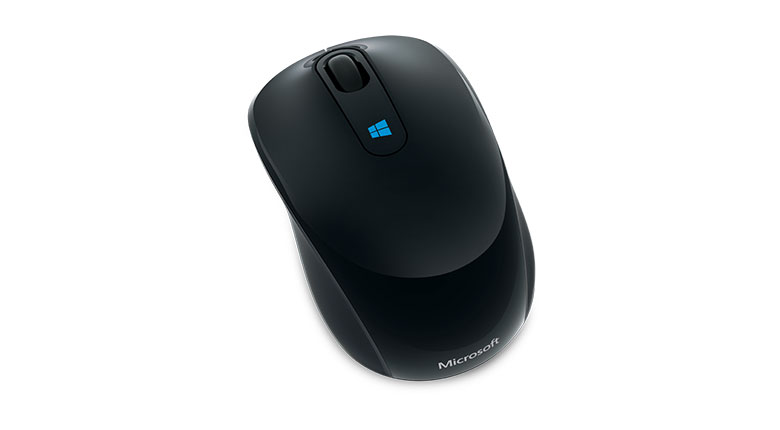


The Sculpt’s accompanying mouse has gotten some negative feedback, but I found it quite comfortable to use. With time I got used to most of the keyboard’s quirks, but they slowed me down considerably for the first week or so, a problem compounded by all the typos I had to fix. Microsoft removed the desktop keyboard’s number pad to save space but wisely included it as a separate module to be used as needed. Microsoft made these keys and the others along the cutaway slightly larger than the chiclet size of all the others to make them more easily accessible, but their position still felt unnatural. This no doubt has to do with the fact these keys each lie on the edge of cutaway at the Sculpt’s peak. Several keys, in fact, seemed to require more stretching rather than less, most notably the “T” and “Y” keys. I also had problems reaching the right Shift key with my pinky without lifting my fingers from the home row, and that never did get any easier. But ultimately only time helped me get the hang of it. I had slightly better luck when I used the magnetically attachable riser included with the kit, as it seemed to tip that key into a more natural position. The sensor should also work on a variety of surfaces, primarily desks, hard and soft mouse pads, wood, and fabric.Right off the bat I had trouble consistently hitting the “B” key, overshooting it more than half the time. Sensor: A mouse’s sensor should be able to register motion correctly and precisely the pointer shouldn’t stop or jump around the screen.
#Steermouse and microsoft sculpt software#
Many people don’t use the software that comes with their wireless mouse, but it’s a nice bonus.

#Steermouse and microsoft sculpt Bluetooth#
Connection: Bluetooth is a requirement-since many laptops have only USB-C ports nowadays-but a 2.4 GHz USB wireless receiver (also known as a dongle) is also nice to have since it can be easier to set up and can provide a more stable connection in some environments.We also noted button placement and whether the buttons felt awkward to use. Buttons: Every wireless mouse should have the standard left-click and right-click buttons, and many people use the back and forward buttons, too, so we looked for mice that had at least two side buttons.When we refer to smaller- or larger-than-average hands, these measurements are what we’re basing that on. We also broke down a 1981 study of hand anthropometry commissioned by the US Army and found similar results among that study’s participants: a 4-inch average from the base of the palm to the base of the middle finger and a 3.23-inch average from the base of the middle finger to the tip. (We know an average-size mouse won’t work for everyone, but we used this information to check that our panel had a representative spread of hand sizes.) Using hand anthropometric data collected by the Georgia Tech Research Institute (taken from studies conducted in 20), we combined the stated hand measurements to find that the average palm size is 4 inches and the average middle finger length is 2.95 inches. Comfort varies based on hand size, so we sought out average hand measurements for adults. Comfort: To evaluate comfort, we’ve tested mice with panels of left- and right-handed people with various grip types and hand sizes.


 0 kommentar(er)
0 kommentar(er)
